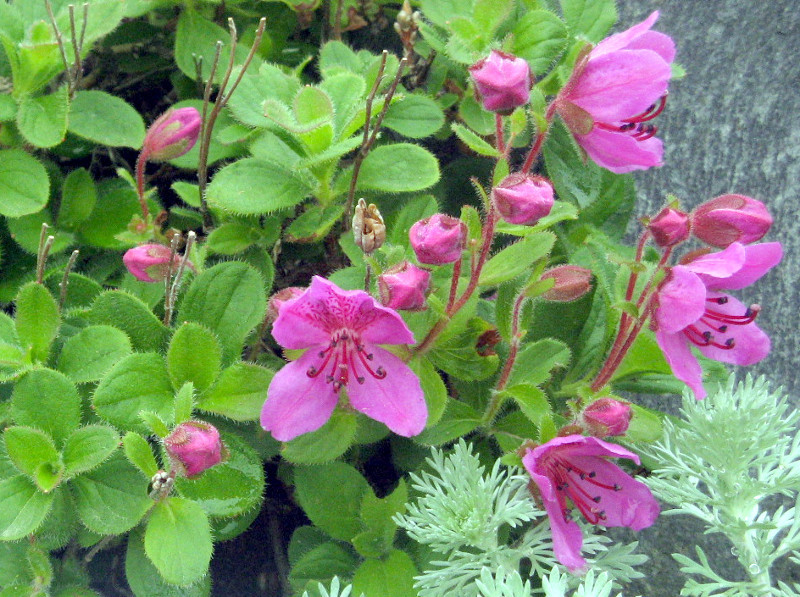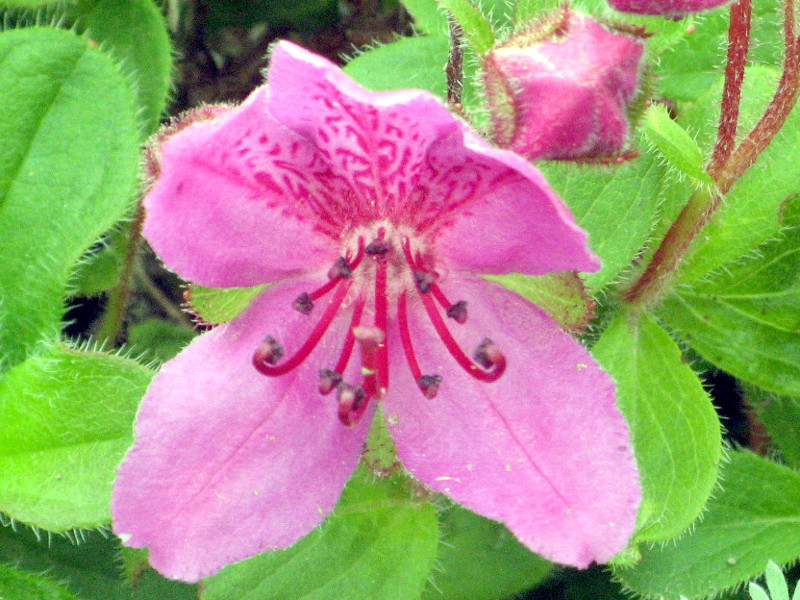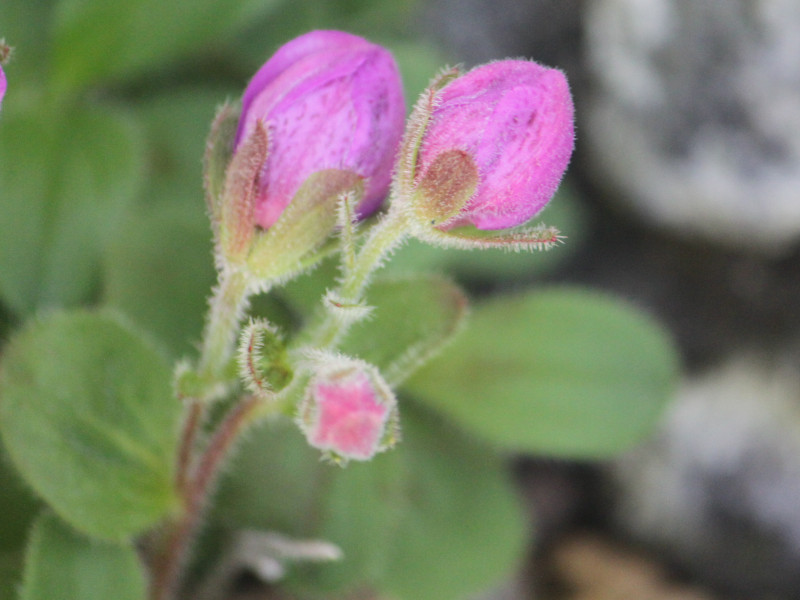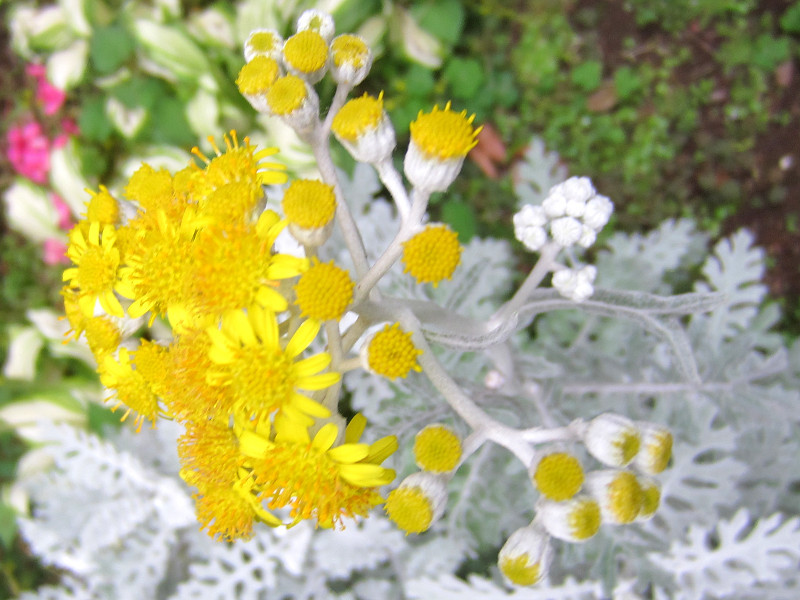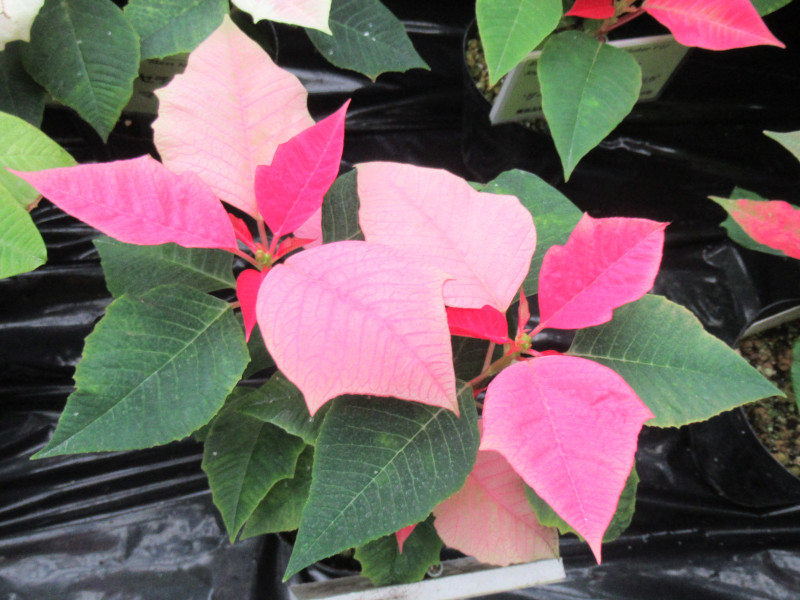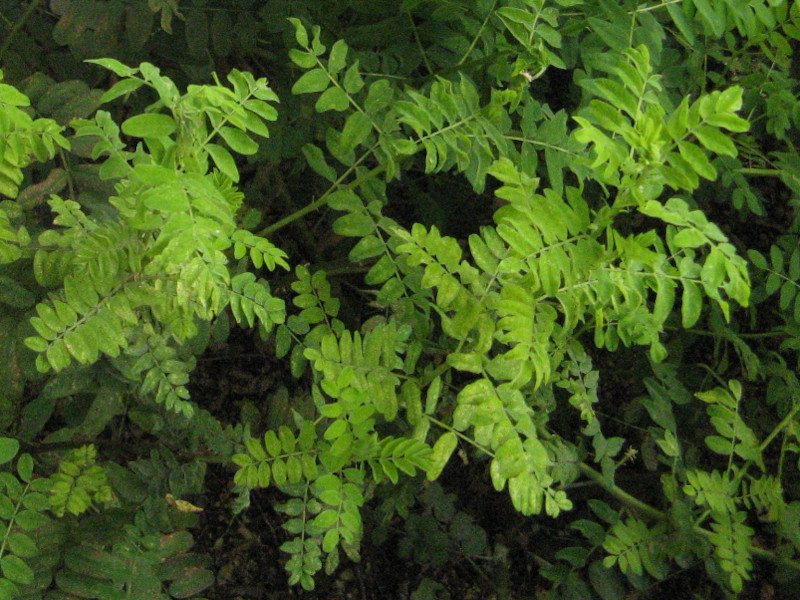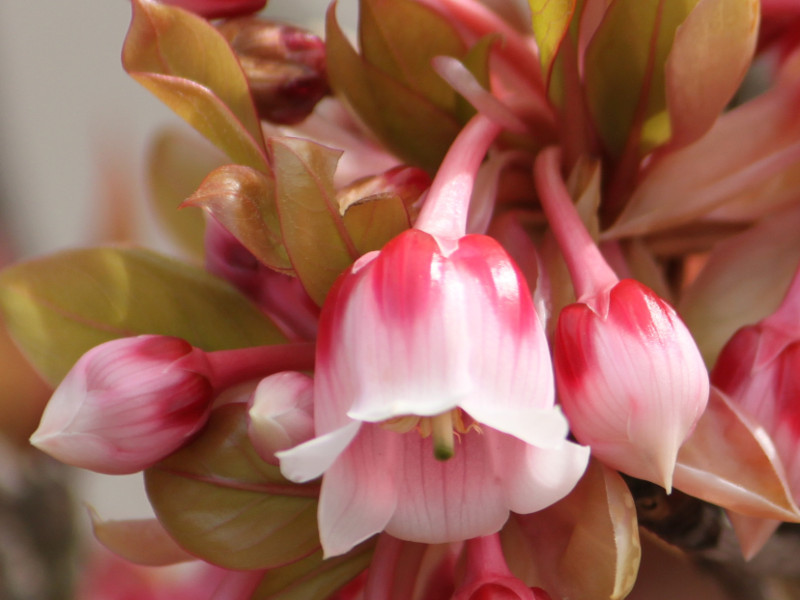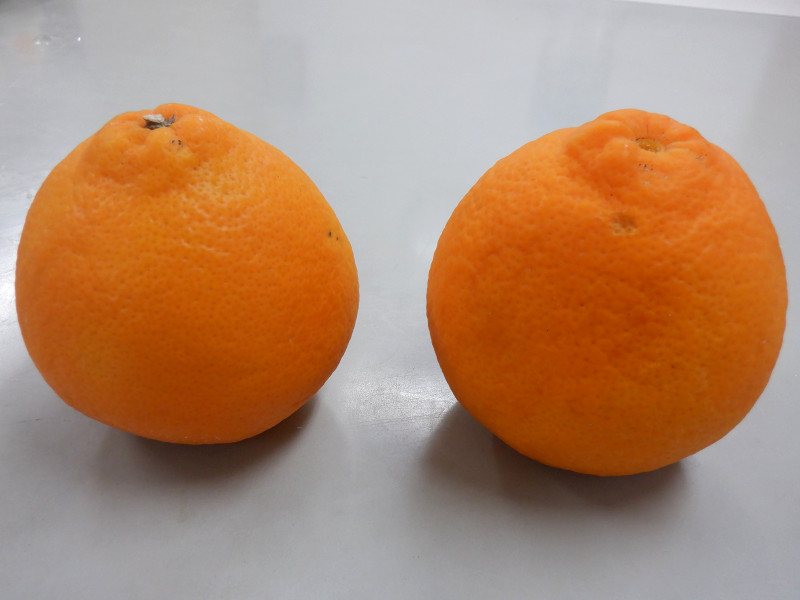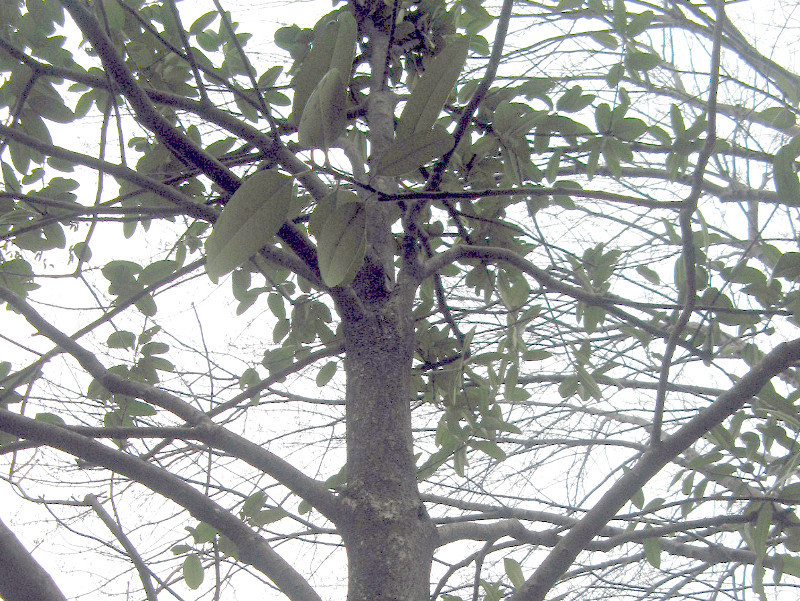Therorhodion camtschaticum
- Flower nameTherorhodion camtschaticum
- Scientific nameTherorhodion camtschaticum
- Alias蝦夷躑躅, Therorhodion, ツツジ, 躑躅
- Place of originJapan
- Place of floweringHigh mountain
- Flowering seasonJune, July, August
What is Therorhodion camtschaticum
Therorhodion camtschaticum , Ezo azalea (scientific name: Therhodion camtschaticum) is an alpine species of a deciduous small shrub of the family Ericaceae and native to Japan. Because it grows in alpine meadows, it is the lowest tree in the azalea genus with a height of 5 to 30 cm to withstand the harsh mountain climate. For the same reason, the leaves are also small, with a leaf blade length of 3 cm, and the leaf margins and underside are covered with hairs to protect them from the cold. From mid-June to mid-August, it produces a gross inflorescence with three funnel-shaped flowers at the ends of the branches. The tip of the corolla has five deep lobes, and the flowers are 3-4 cm in diameter, which is larger than the height of the plant. Four of the five lobes on the corolla are plain pink, but the upper lobes have dark pink spots. It is characterized by its low plant height, hairs on the leaf margins, leaf undersides, petiole, and calyx tube, and the presence of 10 stamens.
Common name: Therorhodion camtschaticum, scientific name: Therorhodion camtschaticum, aka:, Ezo azalea, height: 5-30 cm, leaf blade: 3 cm, leaf margin: hairy, bract: present, inflorescence shape: raceme, flowering season: mid June to mid August, flower color: red-purple, corolla shape: funnel-shaped with 5 lobes at the tip, corolla diameter: 3-4 cm, number of stamens: 10
